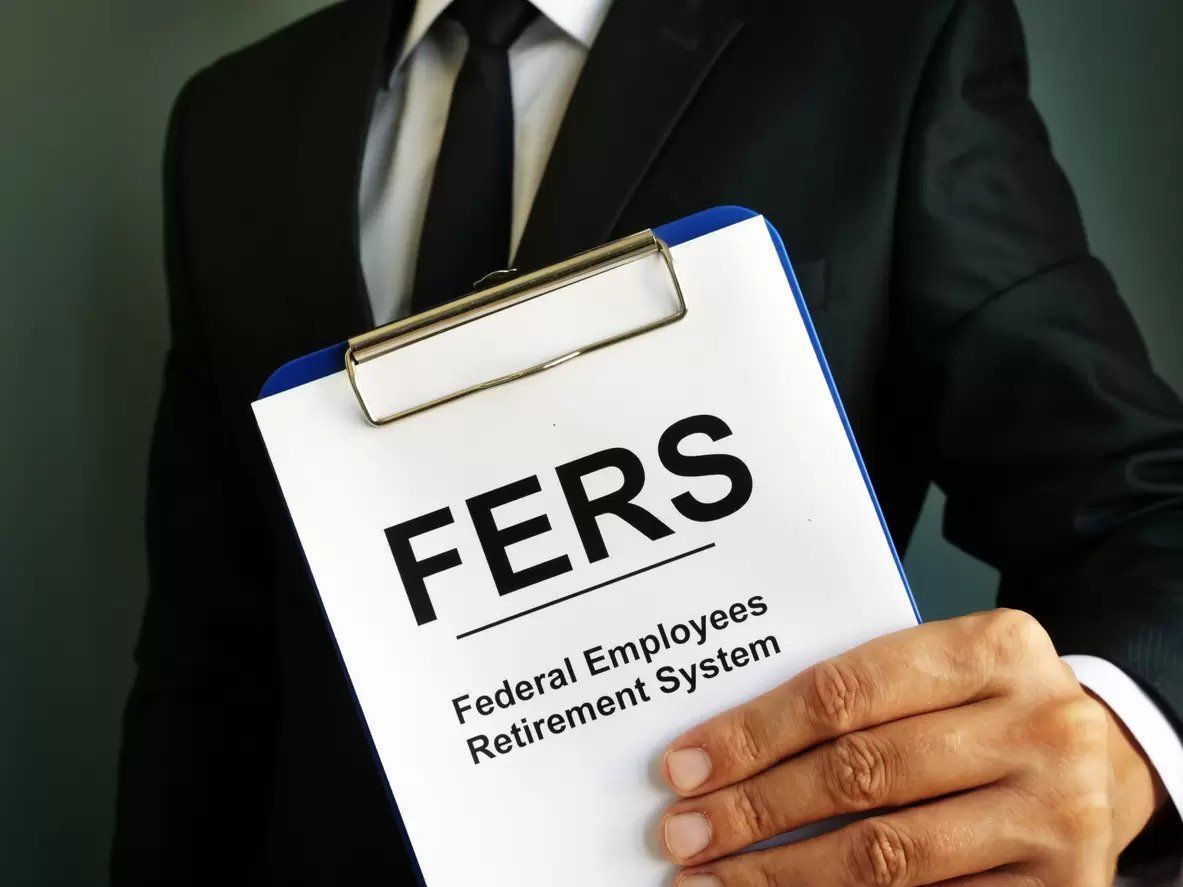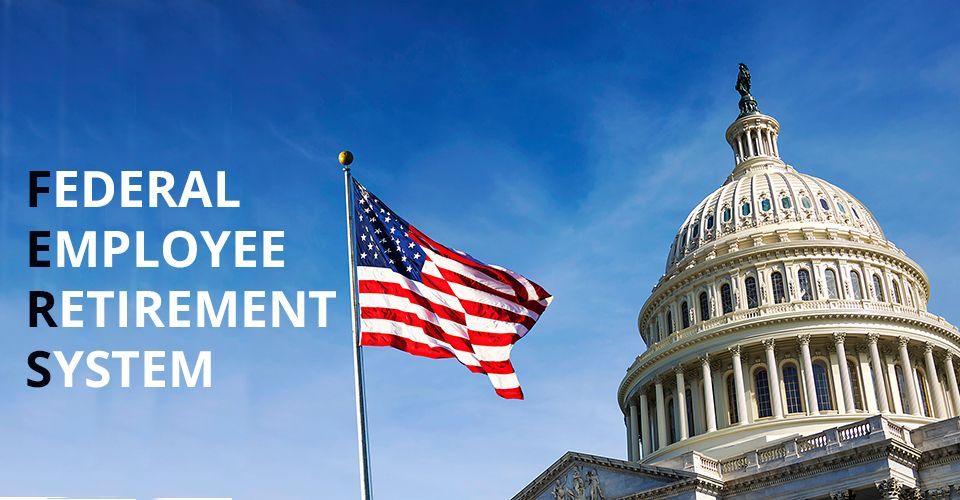CSRS and FERS: The Two Federal Retirement Systems

In 1987 the Office of Personnel Management for the Federal Government rolled out a new retirement plan for Federal employees in the Civil Service Retirement System (CSRS). The new Federal Employee Retirement System (FERS) was very different from the existing program and is now the most commonly held retirement program for Federal employees. The government allowed its current employees to switch plans in 1987, but many did not. For these people, it may be helpful to understand some fundamental differences between the two structures.
The Big Picture
The Office of Personnel Management (OPM) designed CSRS to be a “classic” pension program with fewer moving parts. The intention was to create a single annuity that would provide a retirement lifestyle similar to an employee’s income over time. With 30 years of employment, retirees on this system could expect an entirely comfortable lifestyle. Because CSRS fully provided for employees’ retirement, these employees would not receive Social Security at retirement, and these employees were not required to pay the Social Security deduction. When designing FERS, OPM wanted to introduce an element of flexibility and control to employees’ pension and retirement savings. To accomplish this, they reduced the overall amounts of the annuity offered and added access to Social Security and a 401k-style account they called the Thrift Savings Plan or TSP. TSP allowed employees to make limited contributions with up to a 5% employer match. While the new program carries some risk, most FERS employees retire with twice the savings of their CSRS compatriots.
Differences in Retirement Age
CSRS guidelines allowed retirement to begin at age 55. Under the FERS system, the minimum retirement age is based on birth year, allowing most people to retire between 56 and 60. However, there are unique options for people in demanding jobs such as law enforcement and air traffic controllers. Time in service will also affect these dates.
Cost of Living Adjustments
A potential advantage of the CSRS plan is how the cost-of-living adjustments are applied. Under CSRS, the cost of living is adjusted from the beginning of retirement. In contrast, FERS puts these adjustments off until employees reach 62. The adjustments are also more minor and match those applied by Social Security.
Survivor Benefits
The CSRS allotted a 55% steady annuity stream to a surviving spouse after the Federal employee passed on. Under the FERS program, the pension can only pass to their beneficiary at a rate of up to 50%. A 10% fee is taken out of the pension fund to ensure this passage of funds. For a 25% pass, a 5% fee is taken from the pension fund. You can also choose to opt-out of this program.
TSP Transfers
TSP funds for FERS employees can transfer to beneficiaries after death if they have correctly filled out their TSP 3 beneficiary form. There are options to roll into safe investment strategies that ensure your TSP funds provide you with lifetime income, access to your funds, great returns, safety of principal, and include beneficiary designation.
Conclusion
Whether you are a CSRS or FERS employee, navigating your retirement benefits alone can be a daunting task. At Federal Retirement Experts, we have over 50 years combined experience helping Federal employees maximize their retirement benefits. We also offer a free report to help those over 55 navigate their benefits and TSP rollover options. This report includes consultation with a Federal Employee Benefits Consultant with your best future in mind.
Contact us now to get started.
More Featured Articles









